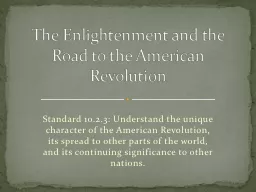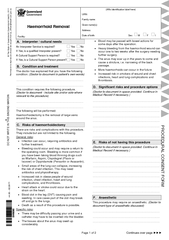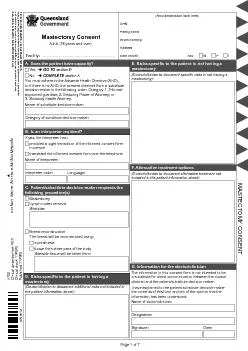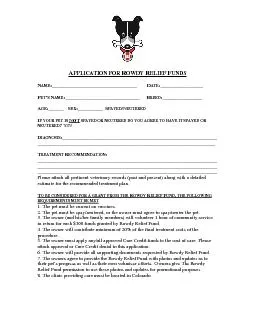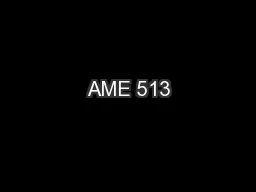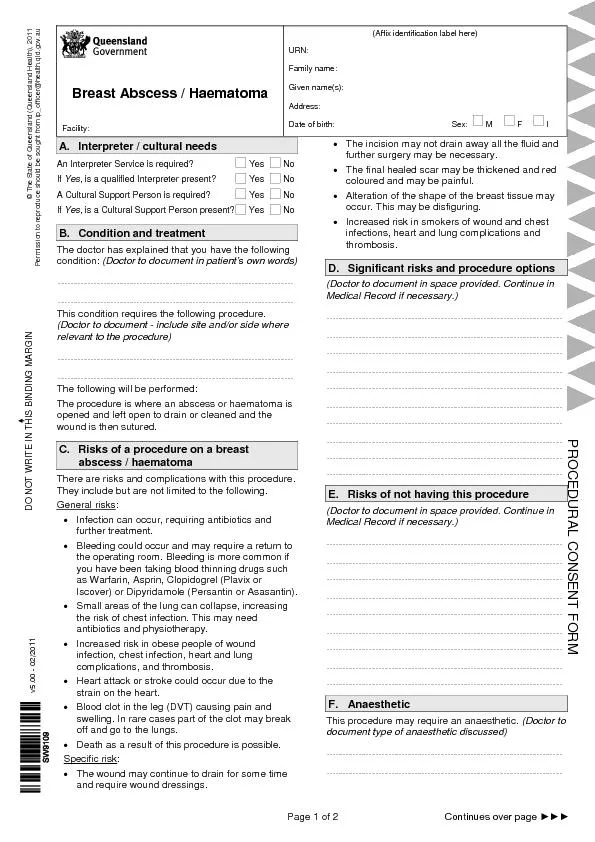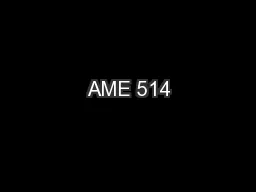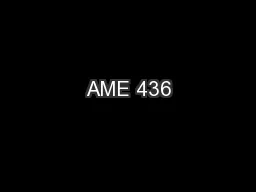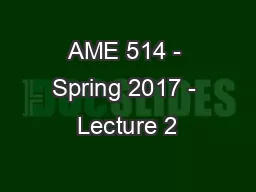PPT-Standard 10.2.3: Understand the unique character of the Ame
Author : luanne-stotts | Published Date : 2016-09-12
The Enlightenment and the Road to the American Revolution A New Public Sphere A variety of changes created the atmosphere of increased intellectual discourse
Presentation Embed Code
Download Presentation
Download Presentation The PPT/PDF document "Standard 10.2.3: Understand the unique c..." is the property of its rightful owner. Permission is granted to download and print the materials on this website for personal, non-commercial use only, and to display it on your personal computer provided you do not modify the materials and that you retain all copyright notices contained in the materials. By downloading content from our website, you accept the terms of this agreement.
Standard 10.2.3: Understand the unique character of the Ame: Transcript
Download Rules Of Document
"Standard 10.2.3: Understand the unique character of the Ame"The content belongs to its owner. You may download and print it for personal use, without modification, and keep all copyright notices. By downloading, you agree to these terms.
Related Documents

